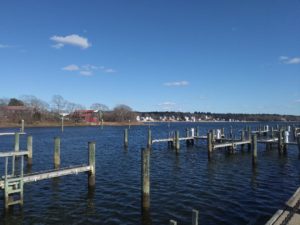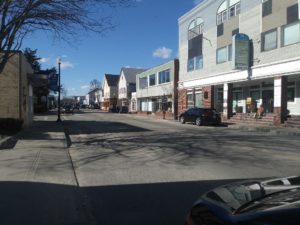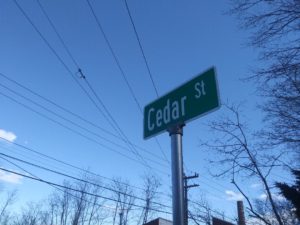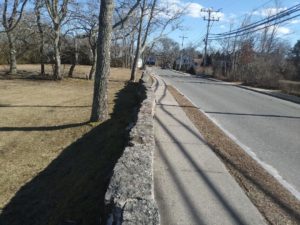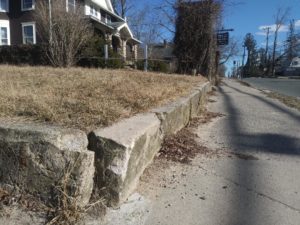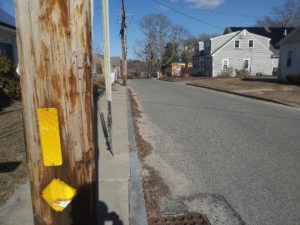My neighbor had some tree limbs removed this morning. Family Tree Service did a fantastic job – branches came down with little fuss and no damage to people, plants, or property. When all the cut branches were gathered in the driveway, the chipper pulled up. For the next forty-five minutes, I heard nothing but the grinding of limbs into mulch. I ran the vacuum and couldn’t hear it; I moved boxes and my portable dishwasher without the usual creaks and rolls. My tea kettle at a boil couldn’t be heard. My two cats headed for the room farthest from the noise – they are wise about such things. When all the branches were gone, blessed quiet returned. Bird song, the rustling of leaves in the breeze, the gurgle of water filtering in the fish tank all returned. Not silence, but a sufficient and interesting quiet.
It’s not just wood chippers that bring unconquerable noise; schedules crowded beyond reason, cut-throat competitive practices at work or home, inordinate preoccupation with material or career success – all these things can unite to push life to decibels capable of drowning out the sufficient and interesting quiet required to hear God and neighbor. Granted, it’s usually noise I’ve created out of societal expectations, personal doubt, and selfishness. The big question: how do I turn down the volume of life noise?
August will be about just that – turning down the volume that drowns out peace and quiet. Scripture, prayer, faith practices, and trust can help turn the knob. I’ll start with I Corinthians 13…

